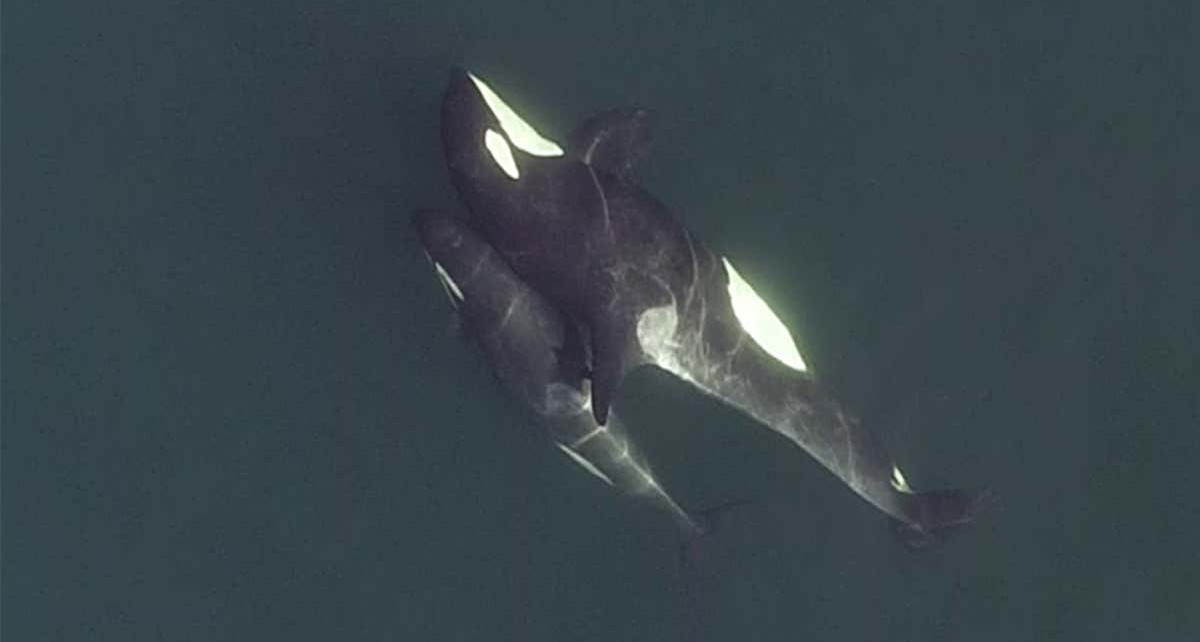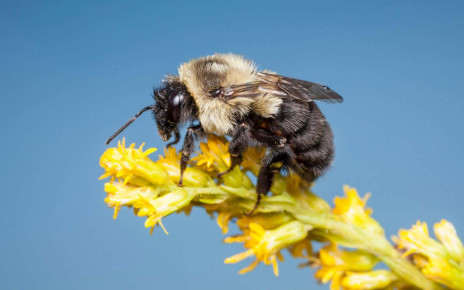[ad_1]
When whales surface together, it is a sign of a close bond University of Exeter
Orcas have complex social structures that include close friendships, a study that used drones to film the animals suggests.
The marine mammals – also known as killer whales – live in groups of related individuals called pods, which have their own distinct cultures.
The new findings show each orca spends more time interacting with certain individuals in their pod, and they tend to favour those of the same sex and similar age.
But as they get older, whales appear to grow apart, according to research led by the University of Exeter, UK, and the Center for Whale Research, Washington.
“Until now, research on killer whale social networks has relied on seeing the whales when they surface, and recording which whales are together,” said Michael Weiss at the University of Exeter, the study’s lead author.
“However, because resident killer whales stay in the social groups into which they’re born, how closely related whales are seemed to be the only thing that explained their social structure.
“Looking down into the water from a drone allowed us to see details such as contact between individual whales.
“Our findings show that, even within these tight-knit groups, whales prefer to interact with specific individuals. It’s like when your mum takes you to a party as a kid – you didn’t choose the party, but you can still choose who to hang out with once you’re there,” said Weiss.
The research was based on 651 minutes of video of a pod of southern resident orcas, a critically endangered population in the Pacific Ocean.
Patterns of physical contact – one of the social interactions the study measured – suggest that younger whales and females play a central social role in the group. The older the whale, the less central they became, the researchers found.
“By adding drones to our toolkit, we have been able to dive into the social lives of these animals as never before,” said Darren Croft, also at the University of Exeter.
“We were amazed to see how much contact there is between whales – how tactile they are. In many species, including humans, physical contact tends to be a soothing, stress-relieving activity that reinforces social connection.
“We also examined occasions when whales surfaced together – as acting in unison is a sign of social ties in many species. We found fascinating parallels between the behaviour of whales and other mammals, and we are excited about the next stages of this research,” said Croft.
Journal reference: Proceedings of the Royal Society B, DOI: 10.1098/rspb.2021.0617
Sign up to Wild Wild Life, a free monthly newsletter celebrating the diversity and science of animals, plants and Earth’s other weird and wonderful inhabitants
More on these topics:
[ad_2]
Source link




